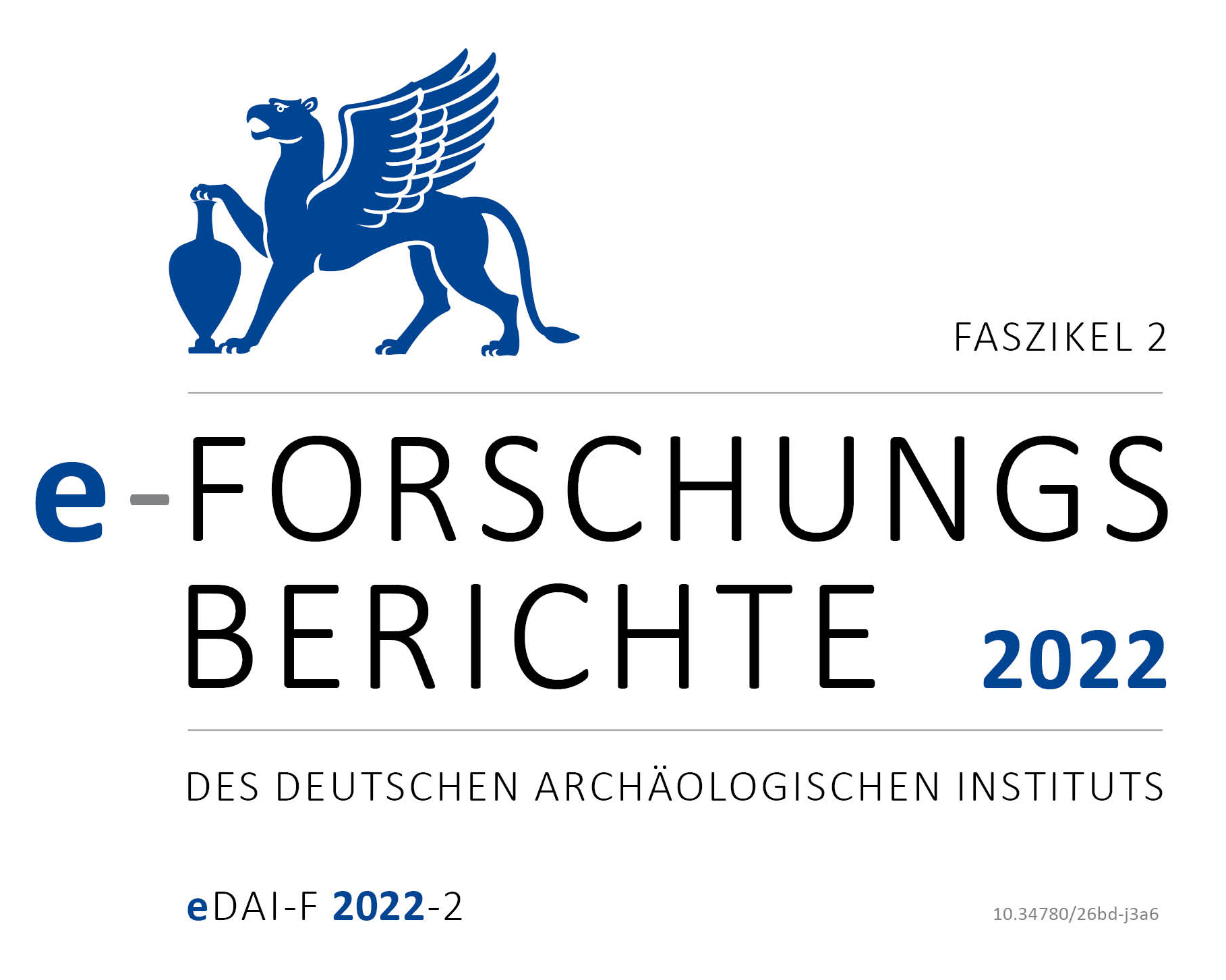Istanbul, Türkei. Reliquientranslationen und die Konstruktion einer christlichen Sakraltopographie für Konstantinopel vom 4. bis zum 7. Jahrhundert. Die Arbeiten der Jahre 2020 und 2021
https://doi.org/10.34780/e3c3-9e93
Abstract
When the emperor Constantine founded Constantinople in 330 CE, the city did not have much to offer in Christian terms compared to other urban centres in the Mediterranean. To balance out this deficit, relics from various places were brought to Constantinople, forming the foundation for the city’s fast-growing sacred topography. The project aims at a holistic analysis of this phenomenon by looking at who translated the relics, what objects were translated, how these translations affected urban space, and how they were performed. The research fellowship 2020/1 was dedicated to investigating intra-urban translations and how these impacted the connection between city centre and hinterland.
Schlagworte:
Frühbyzantinisch, Kirche, Reliquien, Stadtmauern, Kaiser





